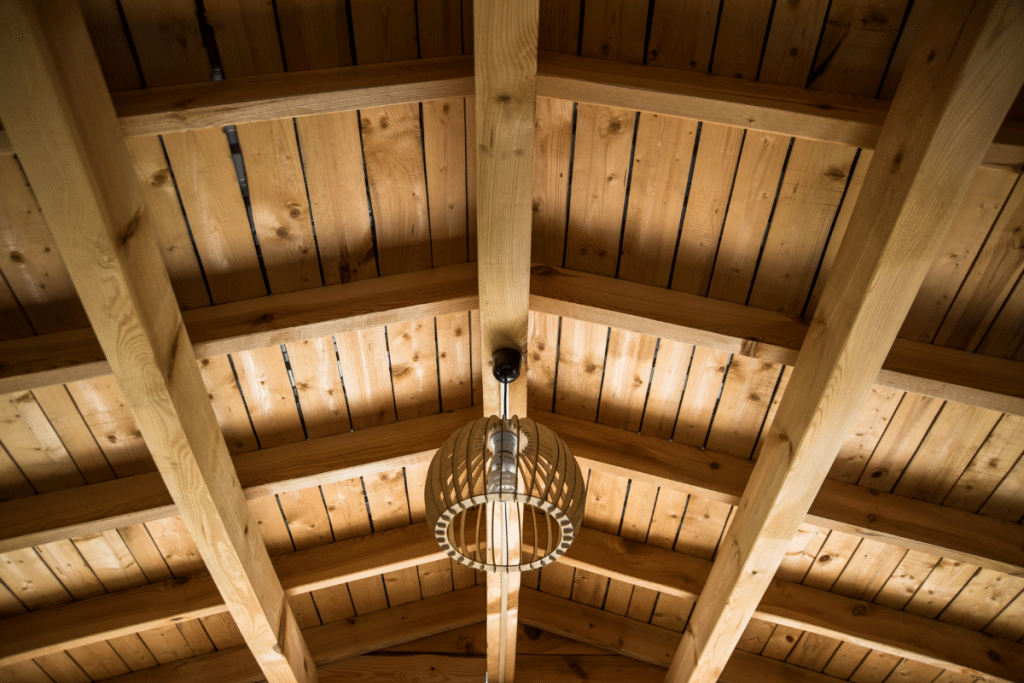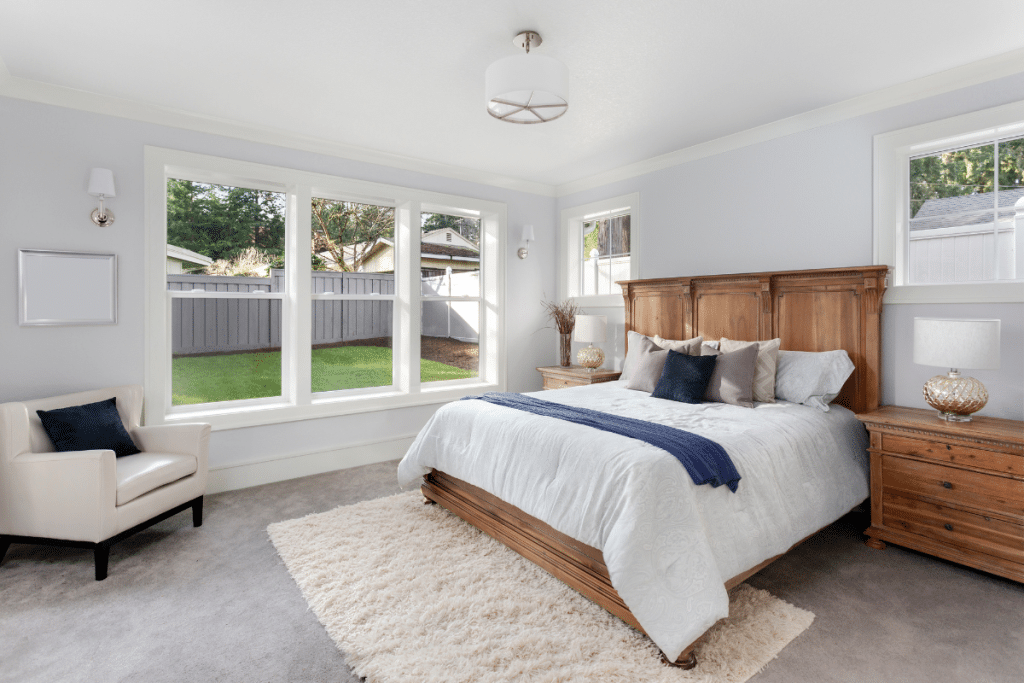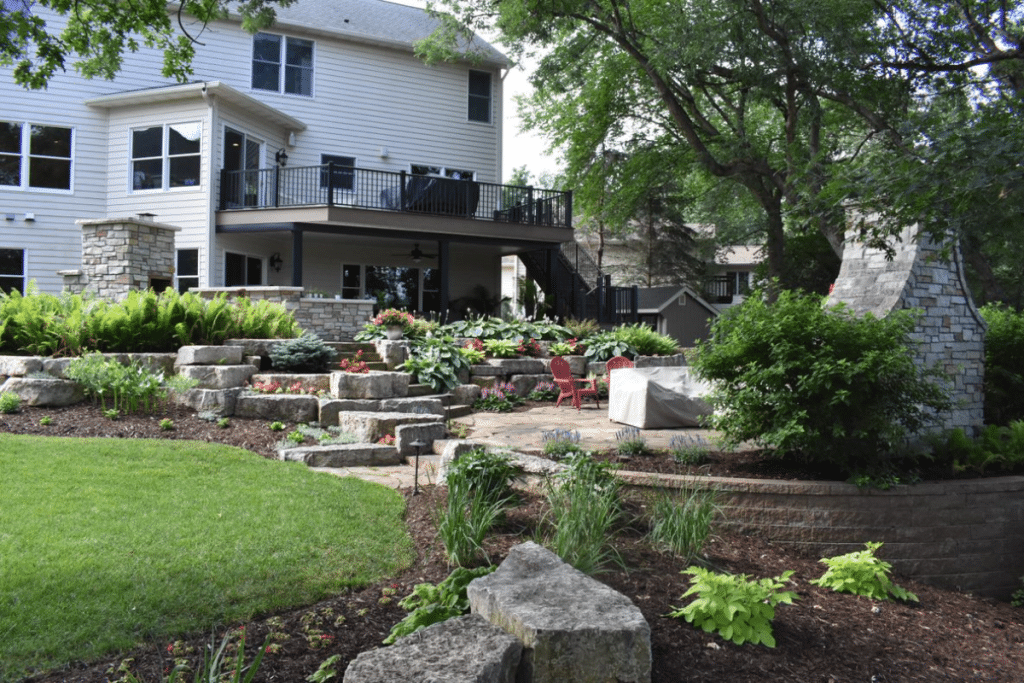In a world where environmental concerns are more pressing than ever, it’s essential to incorporate sustainability into every aspect of our lives, including our homes. Sustainable remodeling practices offer a fantastic opportunity to reduce our carbon footprint, conserve resources, and create healthier living spaces. Here are some innovative ways to embrace eco-friendly remodeling and make your home a shining example of sustainable living.
1. Start with a Sustainable Mindset
Before diving into any remodeling project, it’s crucial to adopt a sustainable mindset. This means considering the environmental impact of your choices, from materials to energy consumption. With this foundation, you’re ready to embark on a green remodeling journey.
Before diving into any remodeling project, it’s crucial to adopt a sustainable mindset. This means considering the environmental impact of your choices, from materials to energy consumption. With this foundation, you’re ready to embark on a green remodeling journey.

2. Choose Eco-Friendly Materials
One of the most significant aspects of sustainable remodeling is the selection of eco-friendly materials. Consider using reclaimed wood, recycled glass, bamboo, or low-VOC (volatile organic compound) paints and finishes. These materials not only reduce waste but also promote responsible sourcing and production.
3. Energy-Efficient Appliances and Lighting
Replacing old appliances with energy-efficient models can significantly reduce your home’s energy consumption. Look for the ENERGY STAR label, which indicates that the appliance meets strict energy efficiency standards. LED lighting is another game-changer; it uses far less energy than traditional incandescent bulbs and lasts longer.

4. Insulation and Windows Matter
Proper insulation is a key factor in keeping your home energy-efficient. Ensure your walls, roof, and floors are well-insulated to prevent heat loss or gain. Additionally, upgrading to energy-efficient windows with double or triple glazing can help maintain a comfortable indoor temperature without overworking your HVAC system.
5. Water-Saving Fixtures
Water is a precious resource, and reducing water wastage is vital. Install low-flow faucets, showerheads, and dual-flush toilets to minimize water consumption.

6. Embrace Solar Power
Harnessing the power of the sun through solar panels can be a sustainable game-changer. Solar energy not only reduces your reliance on fossil fuels but can also lower your energy bills over time. Both Minnesota and Wisconsin also offer incentives for solar panel installation.
7. Reduce, Reuse, Recycle
During the remodeling process, aim to minimize waste. Salvage and repurpose materials whenever possible, and work with contractors who prioritize recycling and responsible disposal. This approach reduces landfill waste and conserves valuable resources.

8. Natural Light and Ventilation
Optimize natural light and ventilation in your home. Larger windows, skylights, and well-placed mirrors can help you rely less on artificial lighting and air conditioning. These elements not only reduce energy consumption but also create a more pleasant living environment.
9. Sustainable Landscaping
Don’t forget about the exterior of your home. Sustainable landscaping practices, such as drought-resistant plants, rain gardens, and permeable hardscapes, can reduce water usage and minimize environmental impact.

10 Regular Maintenance and Longevity
Finally, maintain your sustainable remodel over the years to ensure it continues to be eco-friendly. Well-maintained systems and materials can have a longer lifespan, reducing the need for replacements and further conserving resources.
Sustainable remodeling practices are a powerful way to make a positive impact on the environment while creating a comfortable, healthy, and beautiful living space. By incorporating these practices into your home improvement projects, you’re not just making your space more eco-friendly; you’re also contributing to a greener, more sustainable future for all. Start today, and be a part of the solution!

